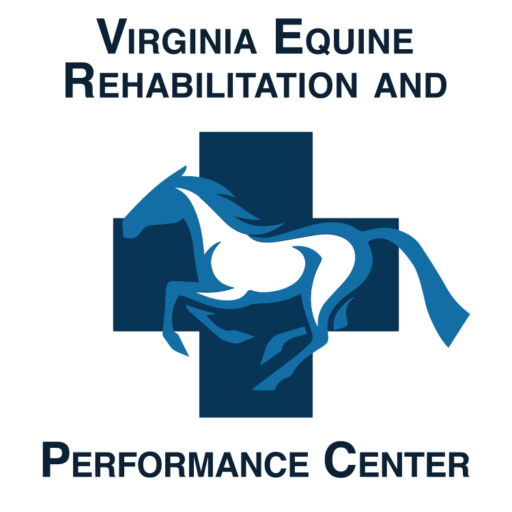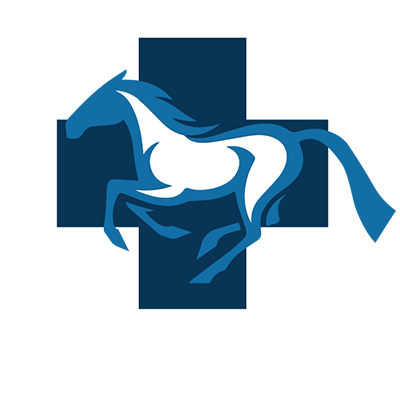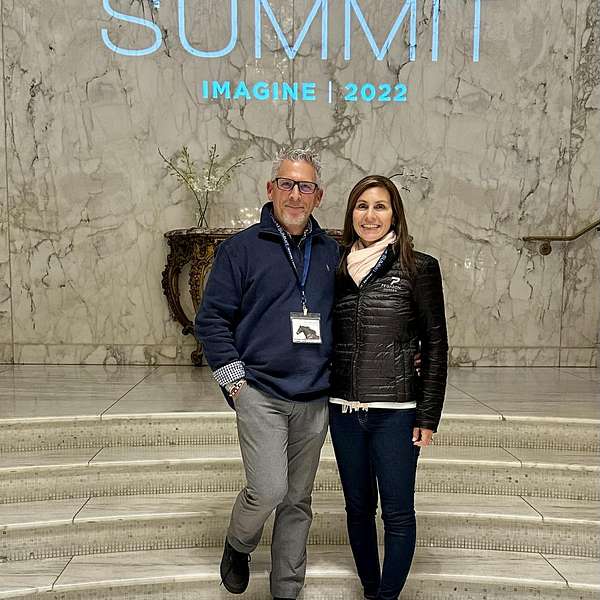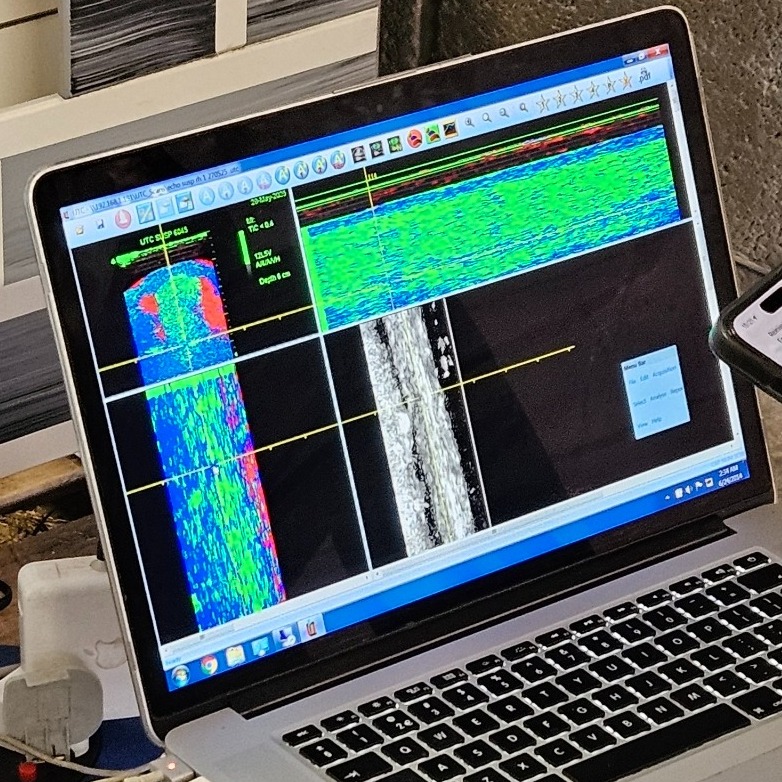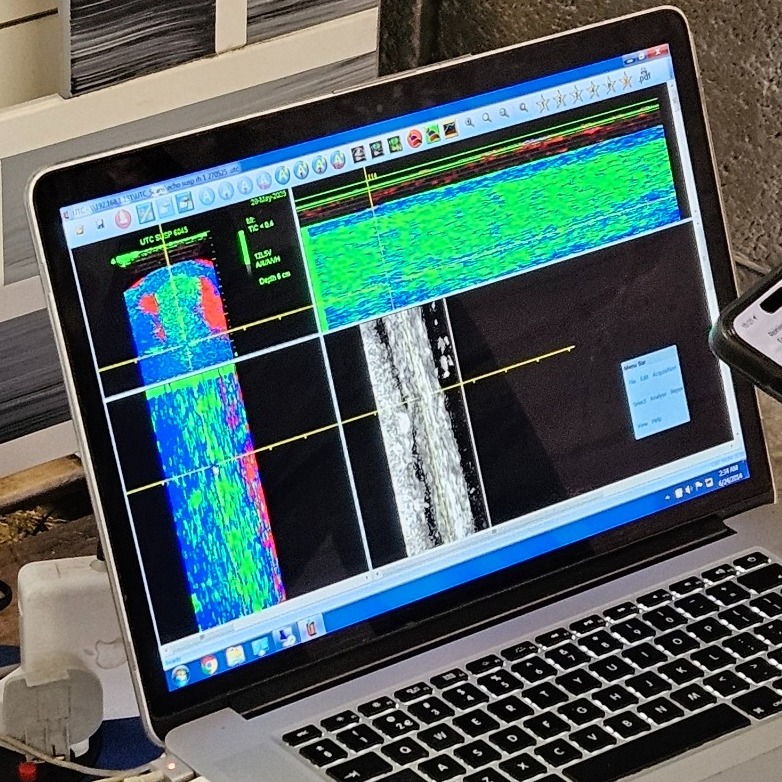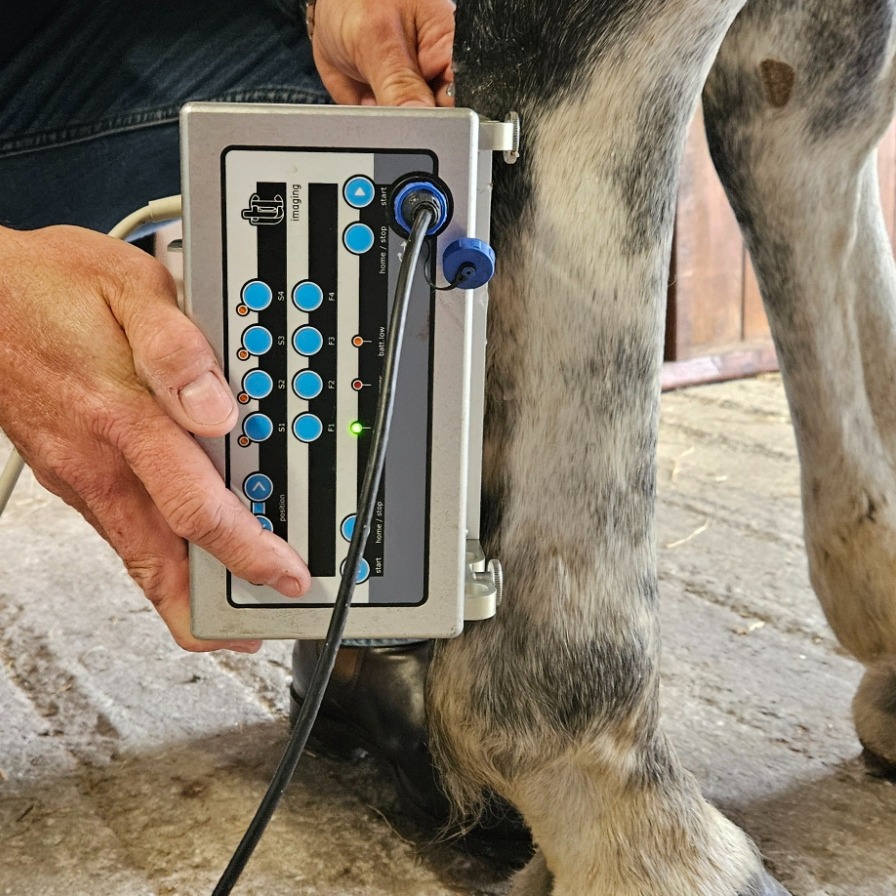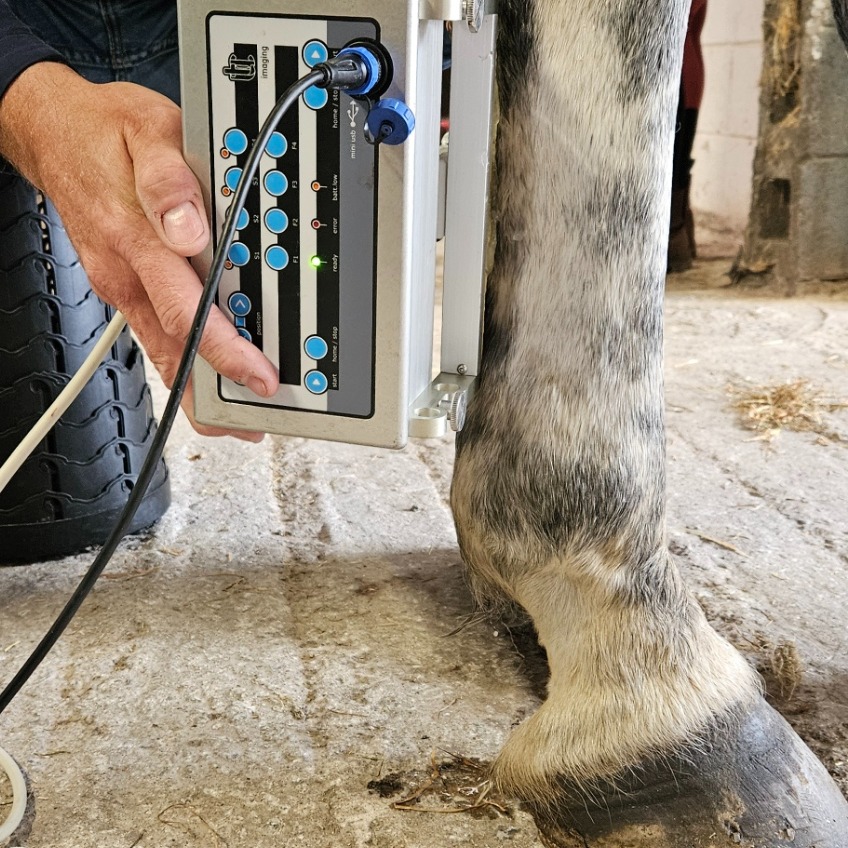Equine Health Update: EHM Outbreak Awareness
Herpes happens, and every year we expect to see some cases of Equine Herpesvirus (EHV). Many of you have seen reports of a developing outbreak of Equine Herpesvirus Myeloencephalopathy (EHM) connected to events in Texas and Oklahoma.
We want our clients to know:
![]() We are actively monitoring the situation.
We are actively monitoring the situation.
Our veterinarians are in close communication with the Pennsylvania State Veterinarian and we are monitoring for new information as it becomes available.
![]() What’s currently known:
What’s currently known:
This issue primarily involves Quarter Horses that attended one or more of the three events in TX/OK, or horses that have since had direct contact with horses from those events.
![]() Good biosecurity is always the best protection.
Good biosecurity is always the best protection.
Regardless of any specific outbreak, all horse owners should consistently follow basic biosecurity practices, including:
– Avoiding shared equipment unless fully disinfected
– Not letting horses touch noses with unfamiliar horses
– Monitoring temperatures daily when traveling or showing
– Isolating new or returning horses for a minimum of 2 weeks
– Contacting your veterinarian if you notice fever, nasal discharge, or any neurological signs
![]() Please don’t spread rumors.
Please don’t spread rumors.
For accurate, verified updates, rely on reputable sources such as the Equine Disease Communication Center (EDCC): https://www.equinediseasecc.org/
We’ll continue to keep you informed as the situation evolves.
